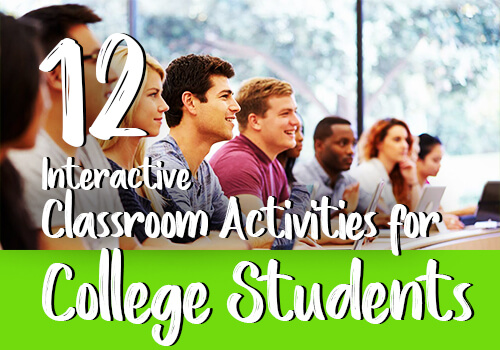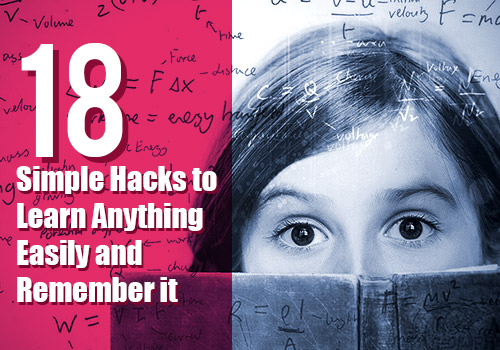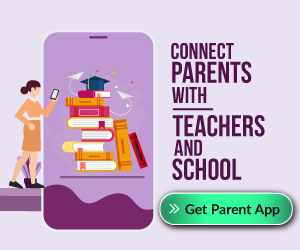The educational sphere is abuzz with three upcoming technological advancements including Artificial Intelligence, Machine Learning and Big Data.
While everyone opines that the current educational model fails miserably in making learning relevant to knowledge-seekers, these three technology-driven options are poised to change the face of education.
In contrast to the conventional form of education when students sat in a classroom, listening to whatever the faculty is discussing, modern students can now step out of the boundaries of a classroom in pursuit of holistic education.
You can now gain experiential learning alongside improving their decision-making abilities.
All set to bring about a practical implementation to knowledge, here are the ways in which these three technologies will dictate the future of education.
- The Future Educational Trends Stemming From Artificial Intelligence
Educational professionals are all set to unleash the capabilities of Artificial Intelligence (AI) so that they can help students to better interact with their surroundings in their pursuit for knowledge. Because of the fact that AI-embedded computers incorporate the primal principles of education namely: problem-solving, learning and reasoning, it is but natural for AI to have a say in the sphere of imparting knowledge.
- Creates Room For Personalized Learning
Through AI, it becomes a breeze to identify the specific educational needs of students.
AI will step in to make the job of a teacher less cumbersome by suggesting the best practices for every student to excel in his/her chosen field of study.
Students will benefit a great deal from AI when AI will chalk out their routine learning activities which are in sync with their educational concepts and subjects.
It is with these invaluable data points that you as a teacher can chalk out a befitting study plan for your students so as to maximize their learnings.
- Provides the Much-Needed Assistance to Teachers
With the above inputs that can work as effective alternatives for modern education, AI can definitely shoulder the responsibility of teachers across the globe.
Along with providing insightful information about the learning requirements of students, educationalists can bank upon AI in simplifying their routine tasks like evaluating the test papers of students; a time-consuming task of every teacher.
It is through AI that hundreds of multiple-choice answer scripts can be evaluated with utmost precision; surpassing the time taken by an intelligent human being.
Instances of AI being used to evaluate essays penned by students are being reported.
- A Perfect Tutor For Every Learner
Text-to-speech and voice recognition are the two noteworthy capabilities of AI that can be applied to the sphere of education.
Enabling machines to interact with students, the day will not be far away when tools will come as a perfect replacement to human intelligence.
While replacing teachers, AI can also extend a helping hand to teachers in trying to understand the needs of students.
This way, teachers will be well-equipped to alter teaching strategies that are in line with the exclusive needs of students.
- Numerous Ways in Which Machine Learning Will Influence the Future of Education
Similar to the sanctions AI has to the field of education, Machine Learning is another technology that will make its strong presence felt.
Once schools begin to include the capabilities of machine learning into their daily educational activities, a host of benefits are bound to emerge both for the students and the teaching staff.
- Scope for Customized Learning Experiences
Teachers adopting the Machine Learning methodologies will be spared of the time and effort to fill in teaching logs of every student.
Teachers can make well-informed decisions about fine-tuning the curriculum to be in sync with the learning capabilities of their wards.
With all these in place, Machine Learning will set the stage for experiential learning experiences for both the teaching and learning fraternities.
- The Promise of Impartial Grades
It is not the teachers but the machines which will assess the performance of students. Since the human element is absent, there will not be any room for prejudices or biases.
Educators need to ensure that the machine is equipped with all the prescribed technical specifications.
However, the intervention of teachers is necessary to set up these technical requirements.
Machine Learning can also help teachers detect copied text in academic papers and reports.
Along with the promise of awarding unbiased ranks and grades, students, through Machine Learning will be able to work on parts of the essay that call for editing so that their report looks and reads better.
- A Keen Eye on Feedback and Performance of Students
Along with student grades, Machine Learning can step in to offer feedback about the data that was analyzed on the strength of the earlier submitted projects.
Here, machines are taught to analyze the performance of students with every internal assessment test.
Machines will also be able to show the progress of students with regard to understanding what is being taught in class.
These will come as informative data points for the faculty to work on.
- The Perfect Student-Teacher Match
Certain machines are crafted in such a way that they will help struggling students take the assistance of the faculty that is available for clarifications.
The machine takes care of all the unique needs of students while paying attention to their learning pace.
Thus, this technology will come as a blessing to students struggling with subjects which rely heavily on concepts or numbers.
It can also suggest a learning path for students, recommending changes to study material and teaching methodologies.
- Big Data and Its Role In Shaping the Prospects of Education
Educational systems, like any other interactive practice, thrive on large volumes of data.
This data becomes Big Data once it is methodically collected, analyzed and retrieved for use as and when the need arises.
It could be robust information that is stored in the form of students’ attendance, their grades, their socio-economic details and the data concerning the population of the school.
All such information is not only required to keep a close watch on the progress of students but also to carry out the administration of schools in a prudent manner.
Thus it is not only about storing data but also to use it appropriately, when the time comes. Below is the rundown of the various benefits of Big Data to the upcoming scholastic scenarios.
- Enables Better Decision-Making
When schools store, collate and analyze volumes of information on a regular basis, they will be in a better position to come up with learning methodologies and goals that are practicable.
Their decision-making abilities are strengthened when information is presented as a blend of descriptive data, research inferences and the findings from educationalists.
Using this information coming from different quarters, schools will be in a favorable position to improve their teaching practices so as to bring in a greater relevance to education.
However, the key is to have knowledge about how to use Big Data.
- The Ripples of Data Are Experienced By Everyone Concerned
When pertinent information is made available to stakeholders, there will be umpteen avenues for changes and development.
When families are informed about the needs of their wards, it will set the stage for an interactive move to support their educational requirements.
When teachers are presented with teaching and administrative information, they will be in a better position to shift gears in line with the needs of the wards.
Researchers can also use processed information to identify the trends in education. They can then recommend changes to learning styles that suit a particular group of students in a class.
- The Mapping Concept
Mapped data comes in as an invaluable input to understand the learning patterns of students.
When information is mapped, it will lead to the scenarios of creative learning, group learning or self-learning.
A host of online learning interfaces are collating bulk information about students from across the globe.
It is through this mapped information that these platforms are able to better meet the needs of students.
Hence, laying hands on data about the interests of students will come as a welcome move towards progressive and customized learning.
Key Takeaways
Undoubtedly, the face of education demands a complete makeover for it to be much more relevant to the constantly changing trends.
It is in this regard that the three most sought-after technologies including AI, Machine Learning and Big Data will prompt educators to better understand the learning habits of students.
All set to transform the face of classrooms, these three technologies hold great promise for the future of education.
These revolutionary inclusions will not only improve the standard of education but will also create room for a better society.






















